Want to read in Dutch? Click here
Even though many Dutch people wear his clothes, his name is not generally known. I’m talking about workwear designer Bas van Wayenburg. His designs are worn by the cabin crew of Transavia and Corendon, among others.
But how does designing workwear actually happen? What are the differences compared to fashion design, and why did he choose this profession? At his office in Amsterdam, I had the opportunity to ask him everything. It turned into a pleasant and candid conversation about passion, perseverance, and what it’s like to work with amateurs every day.
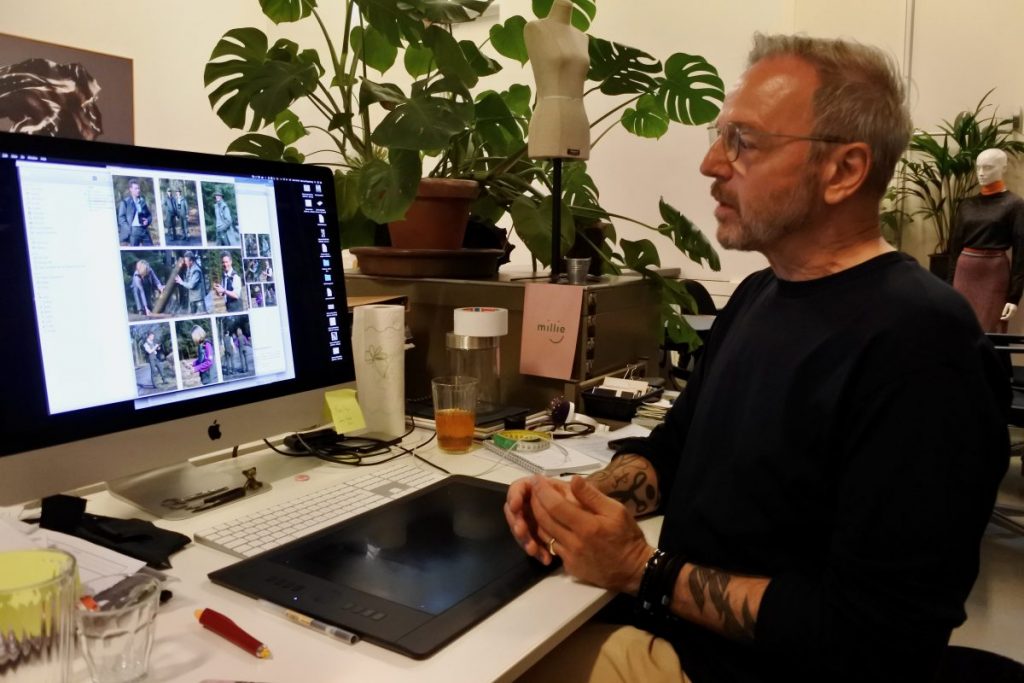
I know there are few freelance designers in the field of workwear. How did you end up here?
“I was originally trained as a couturier but quickly found myself in ready-to-wear fashion. I worked in men’s fashion for fifteen years. First as a permanent employee, then as a freelancer. I helped design collections twice a year in the higher segment. Think of brands like Dimaggio and King shirts, sub-brands of McGregor at the time. It was fun, but everything moves very fast in fashion. And it’s far from sustainable.
By chance, I got into workwear in 1996. It might sound less glamorous in a pub, but I find it incredibly fun and fascinating. Projects typically last around a year and a half, and you develop clothing that will be worn daily for at least five years. That gives me much more satisfaction than developing a fashion collection.”
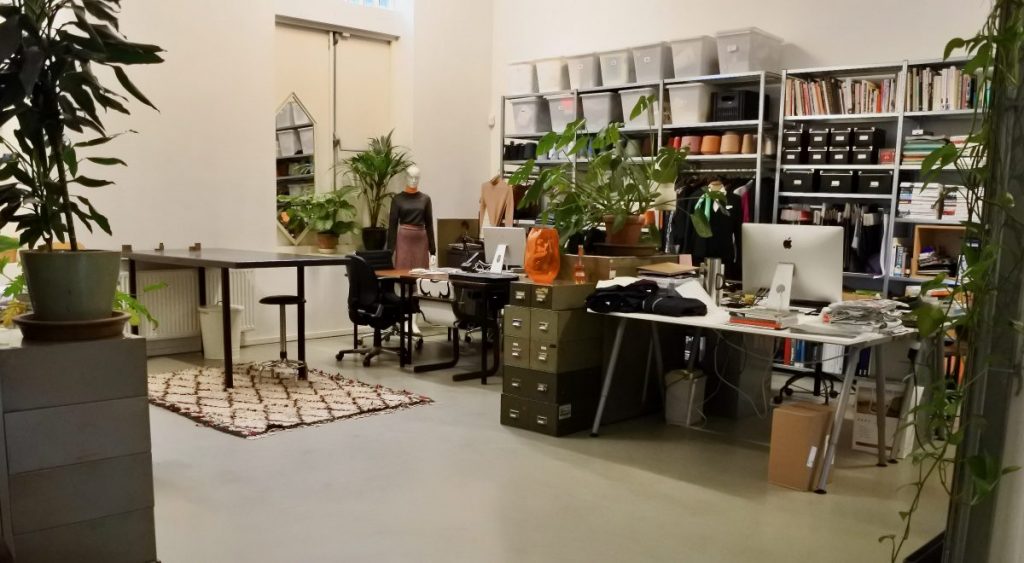
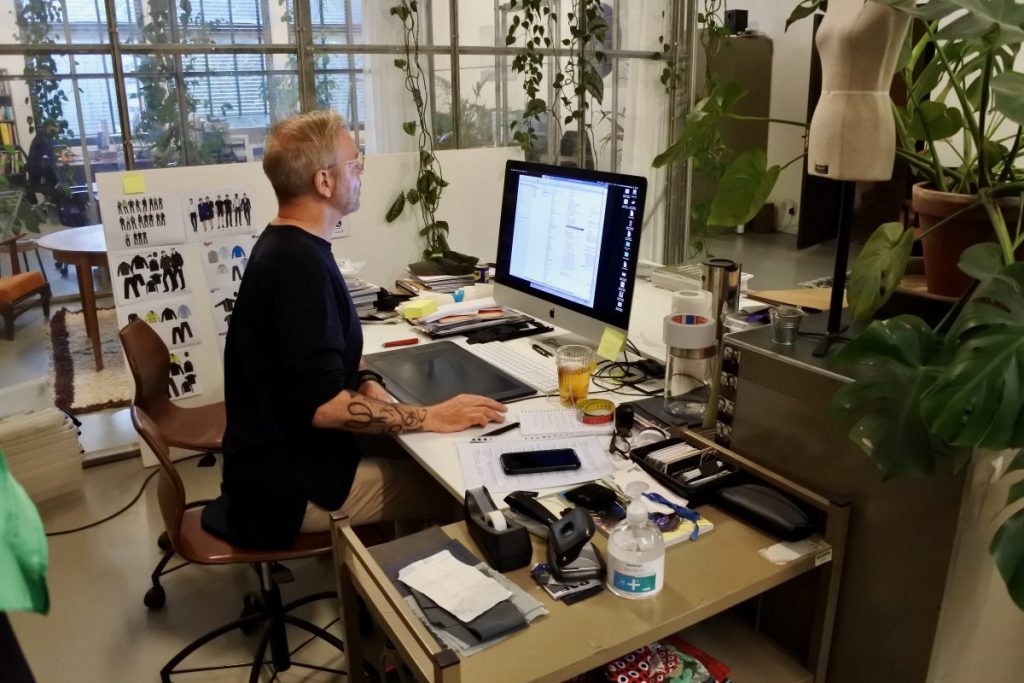
How do you actually get these kinds of assignments?
“Because I’m quite well-known in workwear, I’m often invited when a company wants new workwear. In some cases, other designers are also invited, and everyone has to pitch. I’m not a fan of that. It costs a lot of time, money, and energy, and ultimately, people often only focus on the appearance. It becomes a matter of whether someone finds something beautiful or not. While there’s much more to workwear than just the look.”
And how does the design process work then?
“First, I look at the functional aspect of the clothing. I spend a few days shadowing the employees, observing what they do, how they move, and of course, talking to them. I also pay attention to what they carry with them. They should be able to store items in their clothing efficiently without it getting in the way.
Often, a focus group is set up. It includes various wearers, and together with them, I eventually come up with a design. Those are always exciting and enjoyable processes; I love them!”
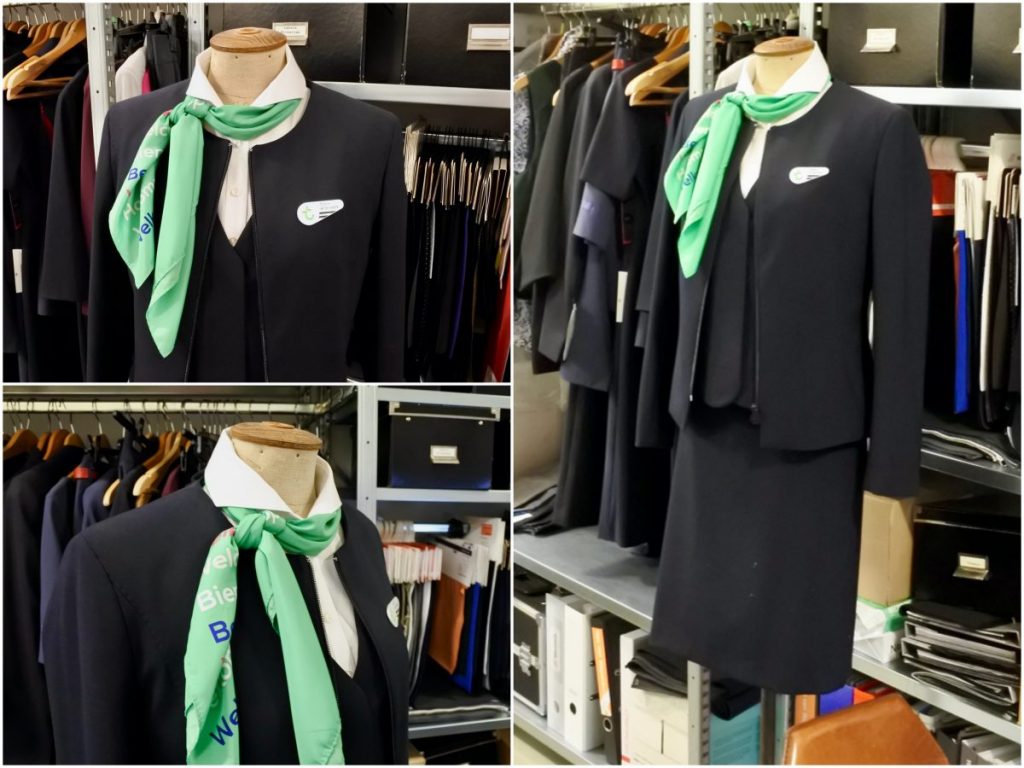
It seems challenging to design clothing for such a large group. Because everyone has a different idea of what looks good…
“Well, this works very differently from fashion. For example, you often work with a company’s corporate colors because that’s important for the brand’s image. You also often have to add extra colors so that the clothing can be combined. Because it needs to form a cohesive look. Sometimes, people need time to get used to that. Additionally, you have to consider costs and sustainability. That’s why it’s a lengthy process. Many people don’t realize how complex it is to develop such a clothing line.
Once there’s consensus on what we’re going to wear, then we have to make it. Starting with patterns in all sizes. That’s quite a complicated process because everyone needs to be able to wear the clothing. I always say, ‘Asterix and Obelix both need to fit in it!’ The production processes of the materials and all the different trims also take a lot of time.
Additionally, a wear test is necessary to find out what works and what doesn’t, so you can improve the clothing even further. And I could go on like this for a while… But the employees don’t see all of this at first. Essentially, I work with amateurs all day! Haha. Often, the team only realizes afterwards what we’ve accomplished. That’s so beautiful to see.”
So, there’s a lot of responsibility on your shoulders. You must need a lot of knowledge.
“That’s correct. In fashion, you work with a team of experts. Everyone is knowledgeable about a certain aspect, and together you create a collection. As a freelance designer in workwear, I’m mainly in charge myself. And it’s true, you need to know a lot. When the clothing is being made, I encounter the experts again, fortunately.”
I look around and see numerous books, racks of fabrics, yarns, and boxes full of accessories.
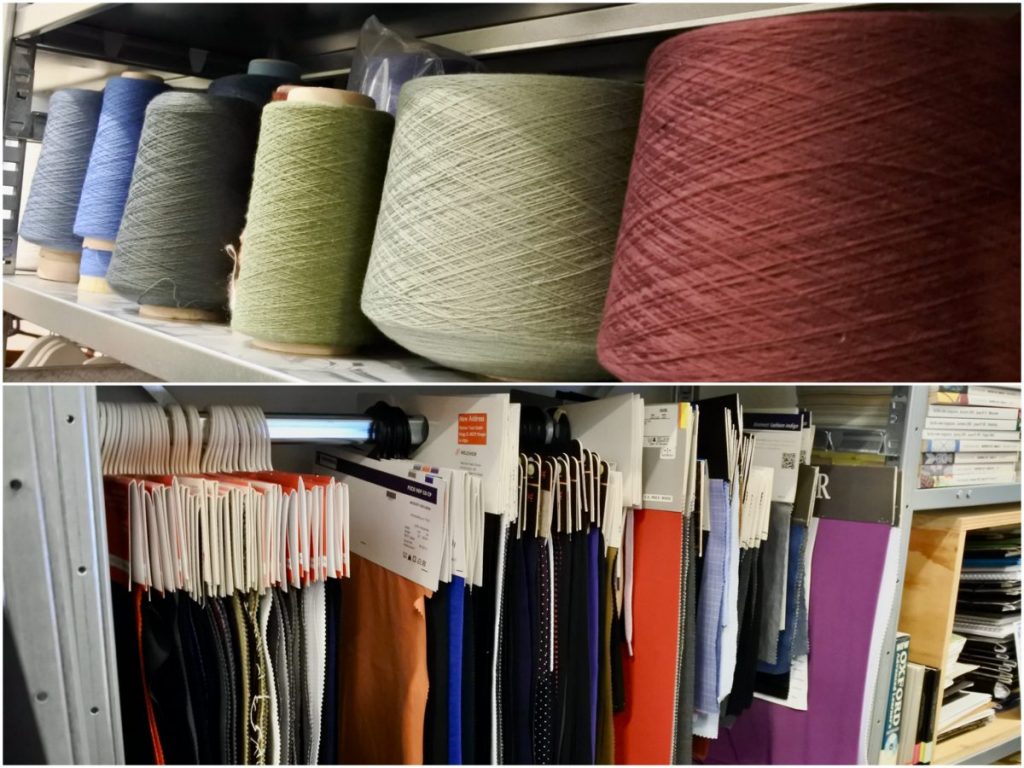
Is this your way of staying up to date? By reading and observing a lot?
“It’s crucial in my work that I know what’s going on. I read many books about sustainable fashion, but also biographies of founders of well-known fashion brands. Additionally, I regularly visit fabric fairs to look for new materials and make contacts with suppliers. I often ask if they’d be willing to send me fabrics, and sometimes they do it on their own.
There are increasingly more technologies being applied to make fabrics more sustainable, flexible, and durable. And I need to stay informed about that so I can provide good advice to clients for new collections.”
Is there a high demand for sustainable workwear?
“Yes, definitely. I’m encountering more and more clients who genuinely want to produce sustainably and responsibly. In the design process, it’s very important that I first look at how we can recycle the garment. And there are newer materials available like Tencel®. Tencel® is the more well-known brand name for the material lyocell, a natural synthetic fiber derived from wood pulp of eucalyptus trees, among others. Significantly fewer chemicals and water are used in the production process. Moreover, it’s a very comfortable and durable fabric. By washing it in the right way, you alleviate the burden on the environment and save money. And so, I could go on… hahaha.”
What would you like to convey to people who wear or commission workwear?
“People often think that designing workwear is purely about creativity. But it’s so much more. Making clothing is human work! Someone made your garment by hand; you should show a bit more appreciation for that. I was raised with ‘buy cheap, buy twice.’ Make sure you make a good purchase instead of paying the lowest price; go for quality instead of disposability. That way, you’ll ultimately save money and save the planet.”
And I completely agree with that. As you’ve read, developing workwear is an important, special, and time-consuming process. It deserves a bit more attention.
Regards,
